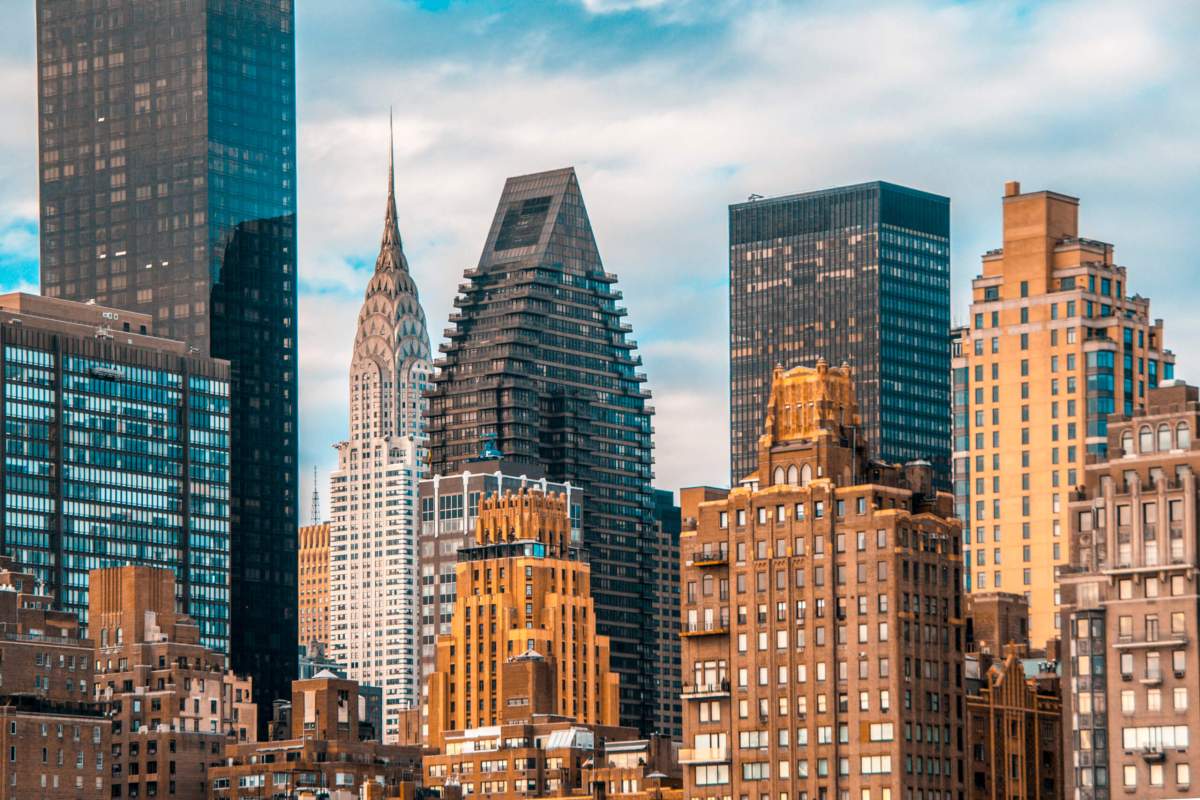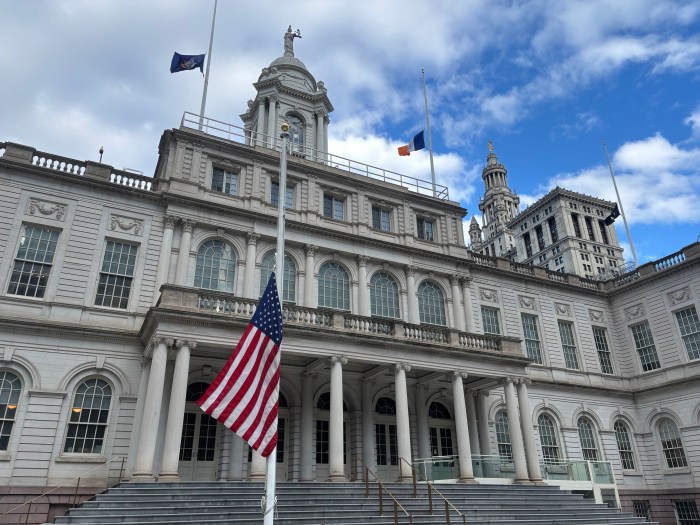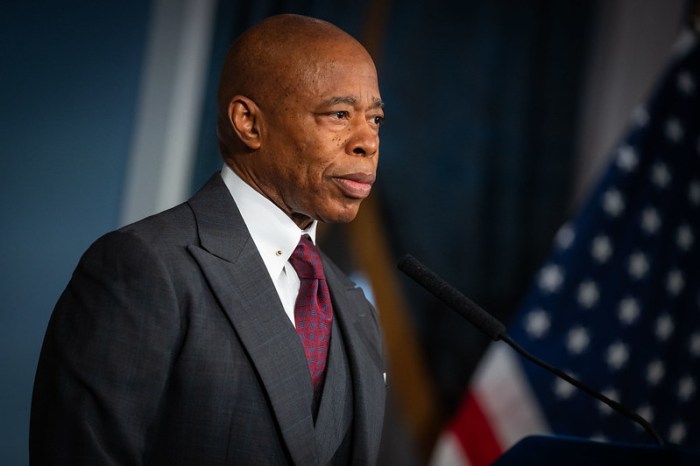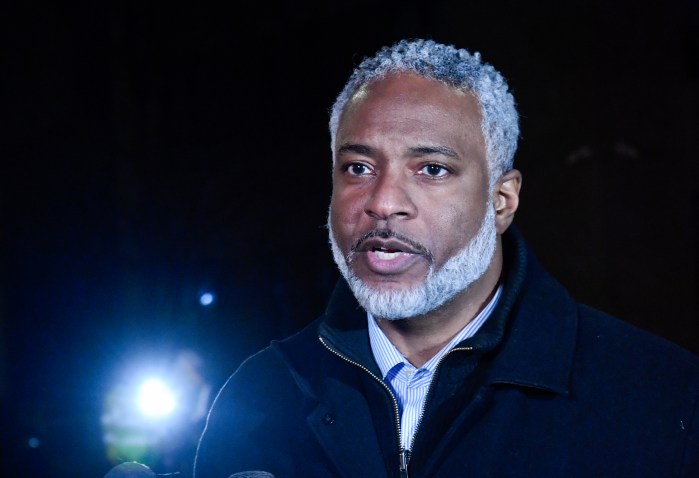Looking for an affordable Manhattan apartment is like finding a cab at rush hour: always difficult but nearly impossible south of 96th street.
That’s because the island has not kept up with others, like my home borough of The Bronx, when it comes to producing affordable housing. New Yorkers are literally paying a price as Manhattan’s median rent is now over $4,000 a month. That’s because laws passed two generations ago continue to prohibit much of Manhattan from being built today, stunting the growth of the entire city.
It’s time to reset our housing policies if the New York City we know is going to survive. Albany has a once-in-a-lifetime chance this year to actually effect change and allow Manhattan’s housing stock to catch up with the rest of the city. Both Governor Hochul’s Executive Budget proposal and the City of New York’s Office Adaptive Reuse Study have given us a blueprint to truly address the housing crisis. It’s time we act.
The governor’s recently announced Executive Budget proposed legislation to allow for more flexibility on office conversions and create a tax incentive for providing apartments with rents under $2,000 a month as part of these transformations. These affordable units would be eligible for annual household incomes ranging from $48,000 to no more than $120,000 for a family of three, with an average of no more than $86,000.
This would be a welcome change for commercial areas that have not seen consistent foot traffic since 2019. Imagine hotel workers closer to home after their overnight shift, construction workers with shorter early morning commutes, and public servants able to live in the communities they serve. Middle class families would be a 20-minute walk from Central Park, the High Line, or other Manhattan attractions that right now are a long subway ride from the outer boroughs on the weekend.
That’s why it’s crucial the Governor has also proposed lifting the Floor Area Ratio (FAR) cap. This would undo this infamous, misguided, and outdated 1961 law that continues to limit the number of apartments per floor in a building. Without it, an estimated 86,000 apartments housing 200,000 residents could have been built a half mile from a subway stop. These rules and limitations were implemented when New York City had 1 million fewer people, yet today remain a massive barrier to building affordable housing.
As I’ve gone around the city to meet with community boards, New Yorkers have expressed a few sentiments on how and why lawmakers must fix this paradigm. First, most realize people aren’t going back to the office as 18% of major employers expect to decrease their real estate footprint. Second, affordable housing has blossomed all over the outer boroughs while Manhattan’s stock has remained stagnant. Third, after I explain the legislative proposals, I’m asked “Can anyone from the five boroughs apply for the affordable units?” That’s proof people want the option to live in neighborhoods with access to transit, amenities, jobs, and more.
That prompted me to look at the affordable housing lottery system. Only two of 23 Manhattan properties south of 96th street listed rents less than $2,000 a month. One for “The Ruby” highlights that the through-block, multifamily building in “highly coveted Chelsea” allows for incomes ranging from $48,000 to $187,000. Two-thirds of apartments will have rents under $2,000. This could be the norm, not the exception, if Albany acts on the opportunities before it.
I’m a lifelong New Yorker who vividly remembers a time when suggesting affordable housing in tony neighborhoods would be met with instant blowback. Now, however, it’s an accepted sentiment. Neighborhood income diversity should be a paramount goal for our city.
The future of New York is one that can adapt with the times. We can no longer be content and rely on housing infrastructure from 60 years ago to fuel the 21st century. We know what works: a New York that is a national leader in building housing of all types and for people of all incomes throughout the five boroughs
Our city elected leaders understand this. Now Albany needs to bring this to the finish line.
Sanchez is the Executive Director of the 5 Borough Housing Movement.




































